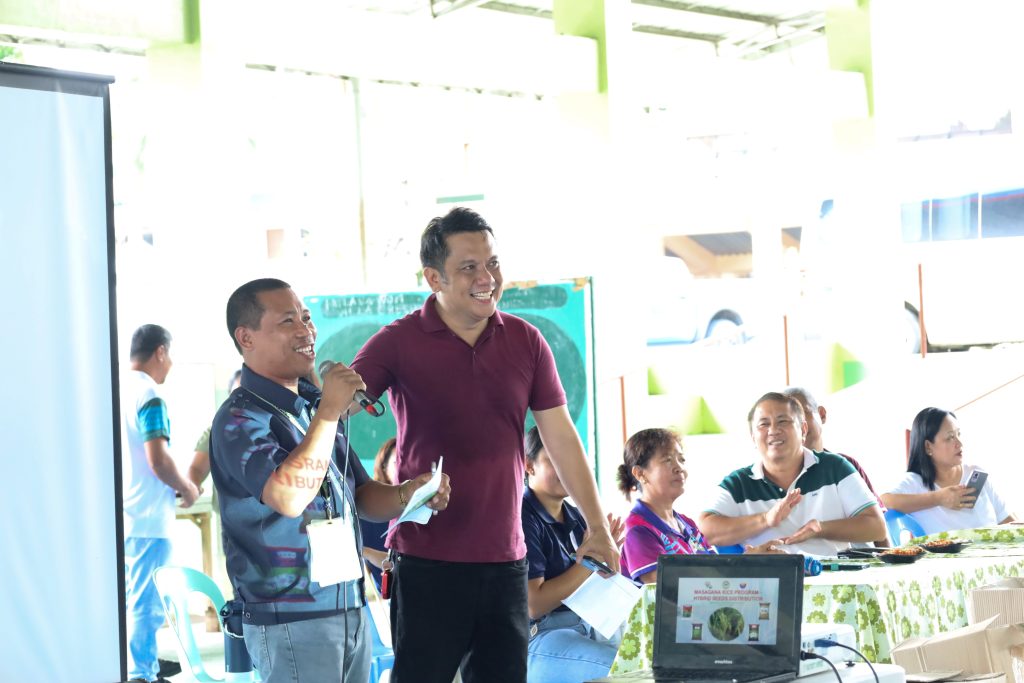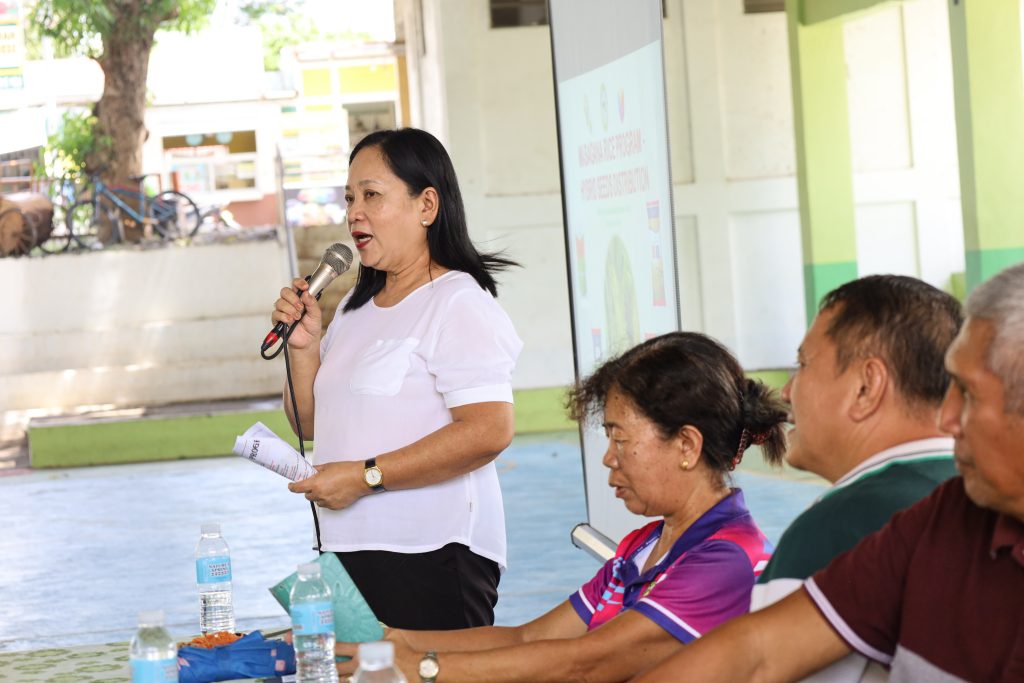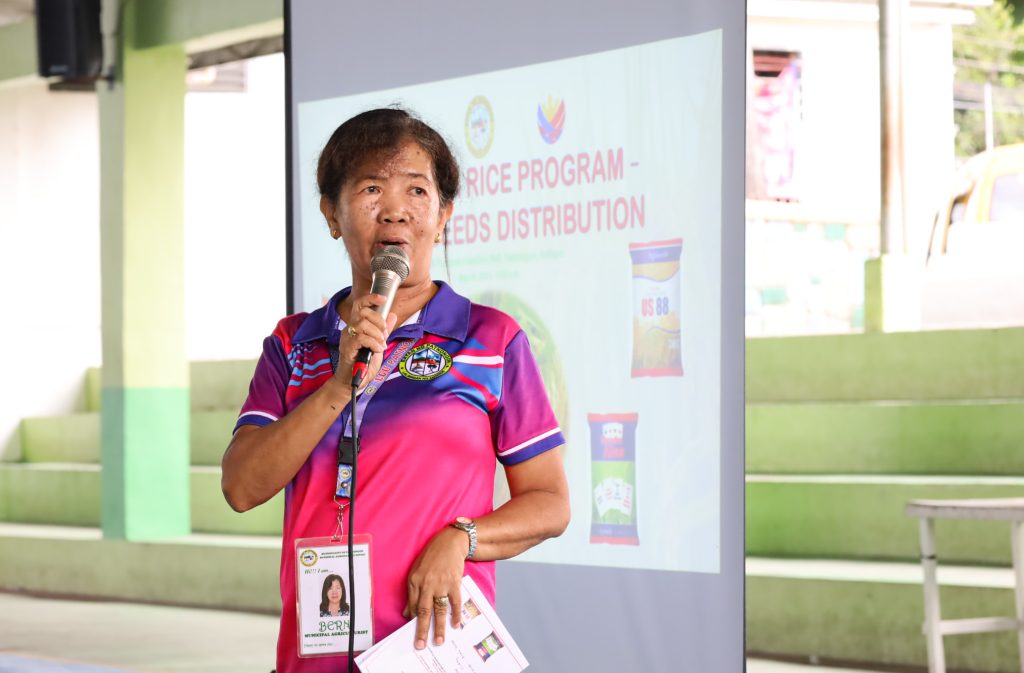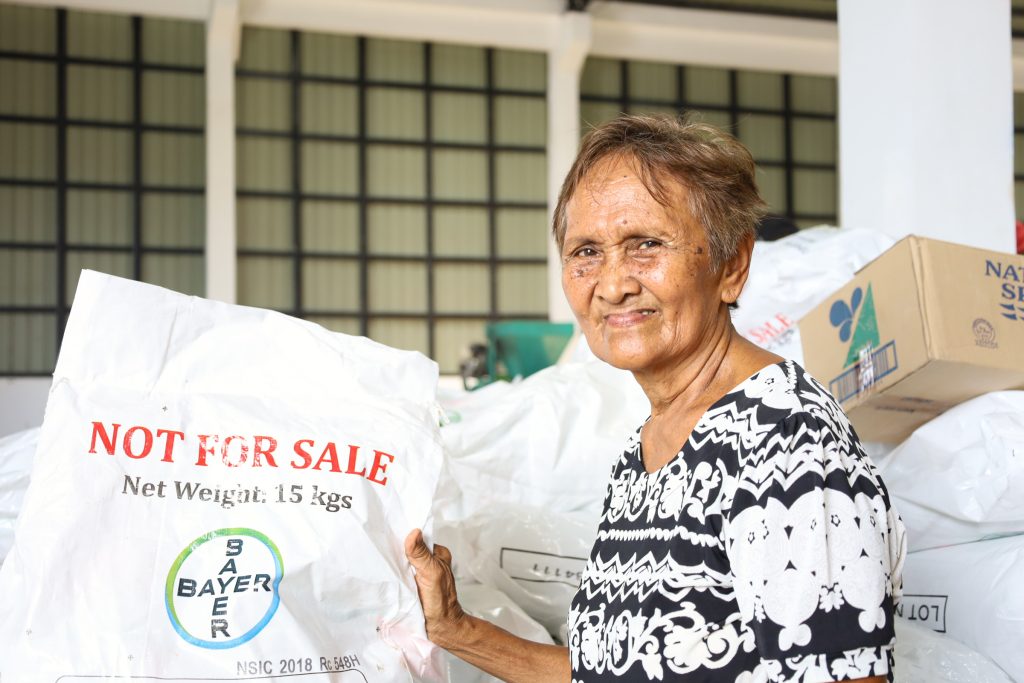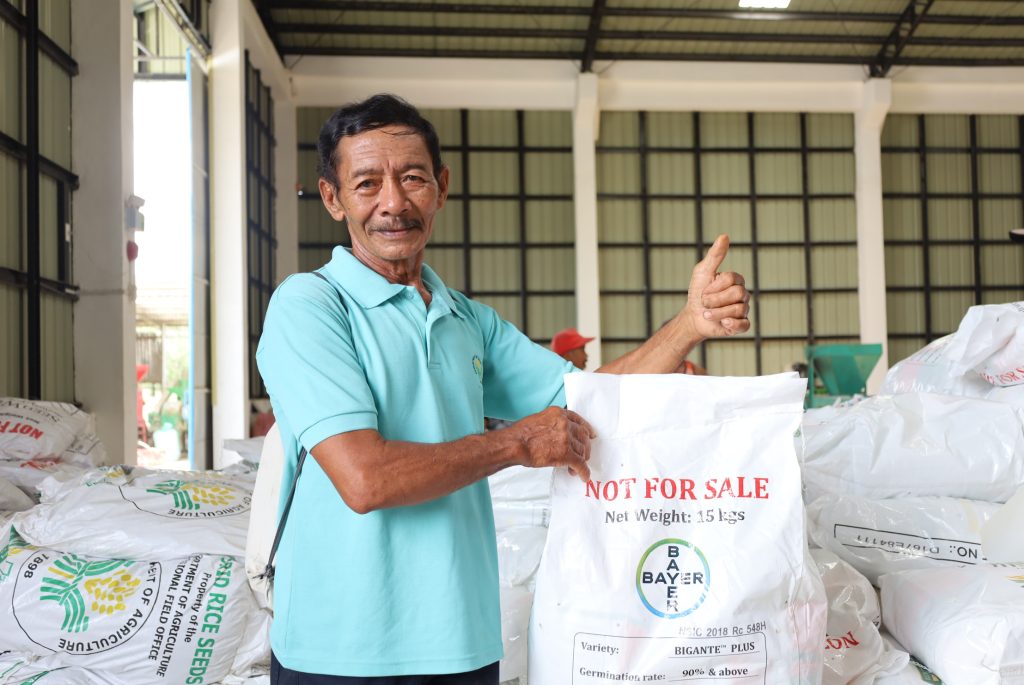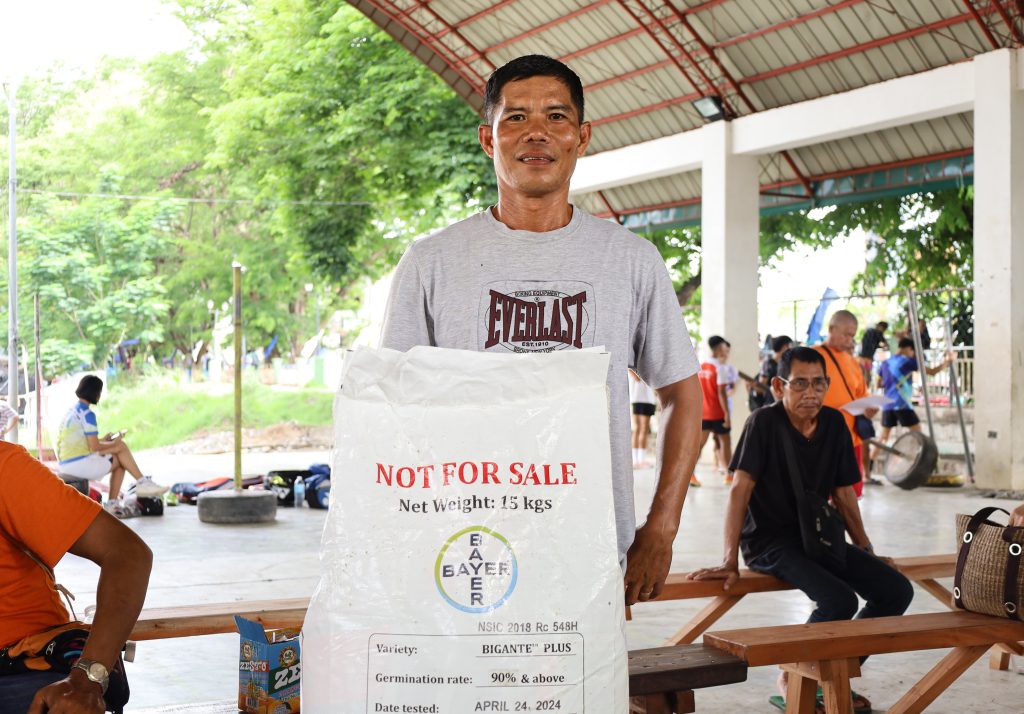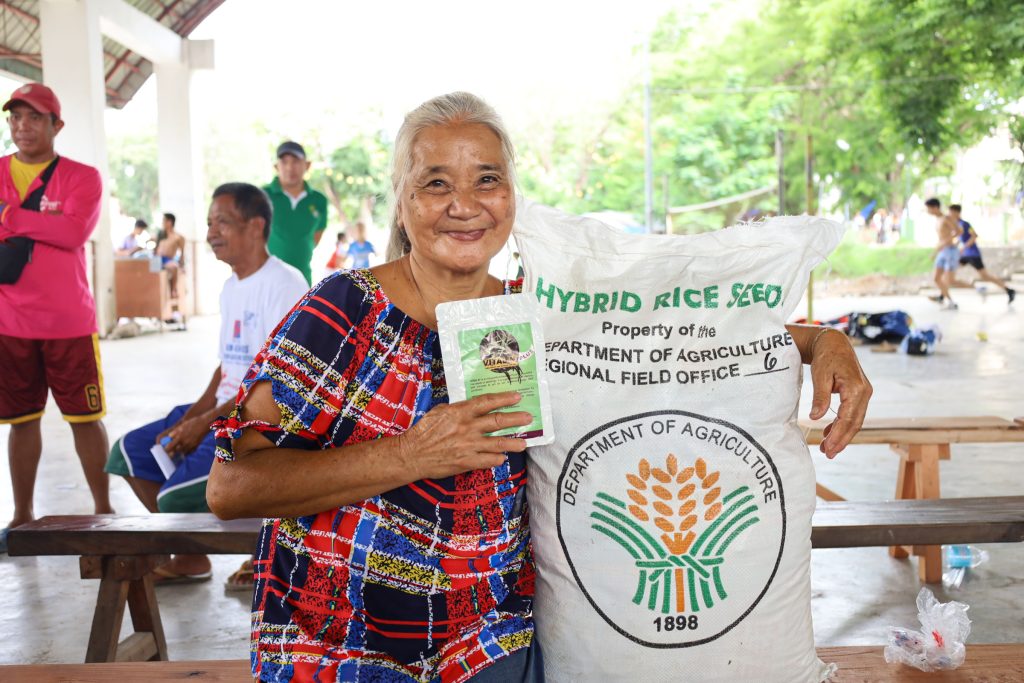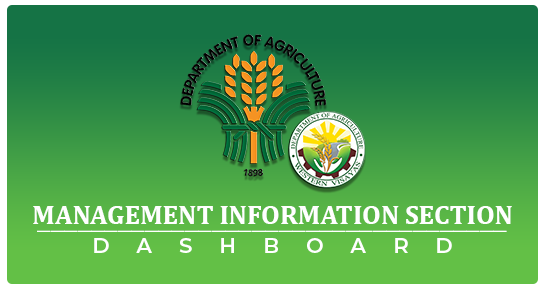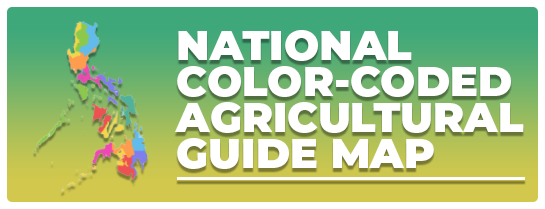Masagana Rice Program starts hybrid seed distribution, eyes 8 mt per hectare average yield in Antique
Posted by: RAFIS DA6 | Posted at: May 29, 2024
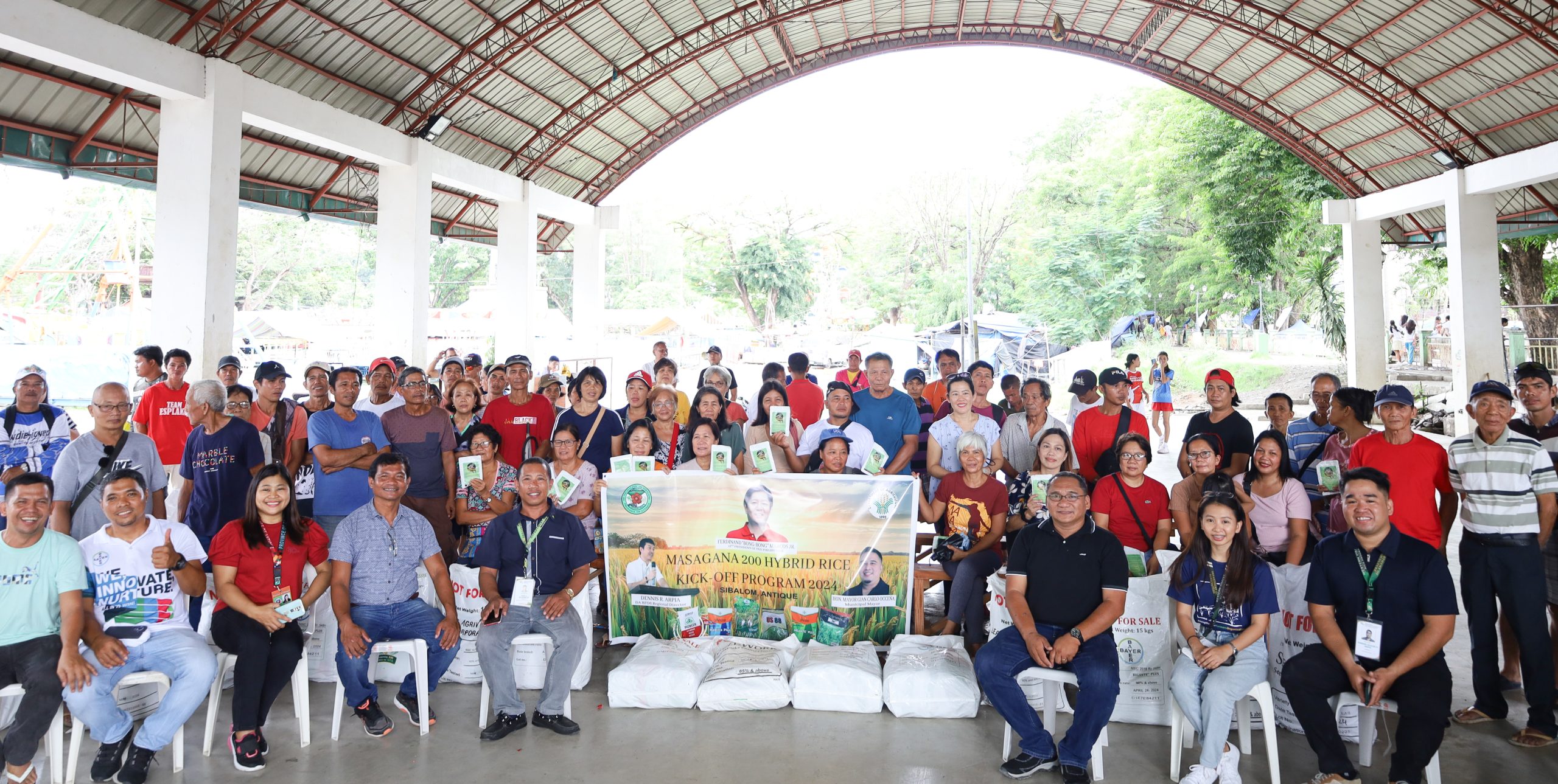
The Department of Agriculture (DA) Western Visayas’ Masagana Rice Cluster Program commenced the distribution of hybrid seeds allocated for 5,006 hectares of production areas in the Province of Antique during the kick-off program held on May 28 at the Municipalities of Patnongon and Sibalom.
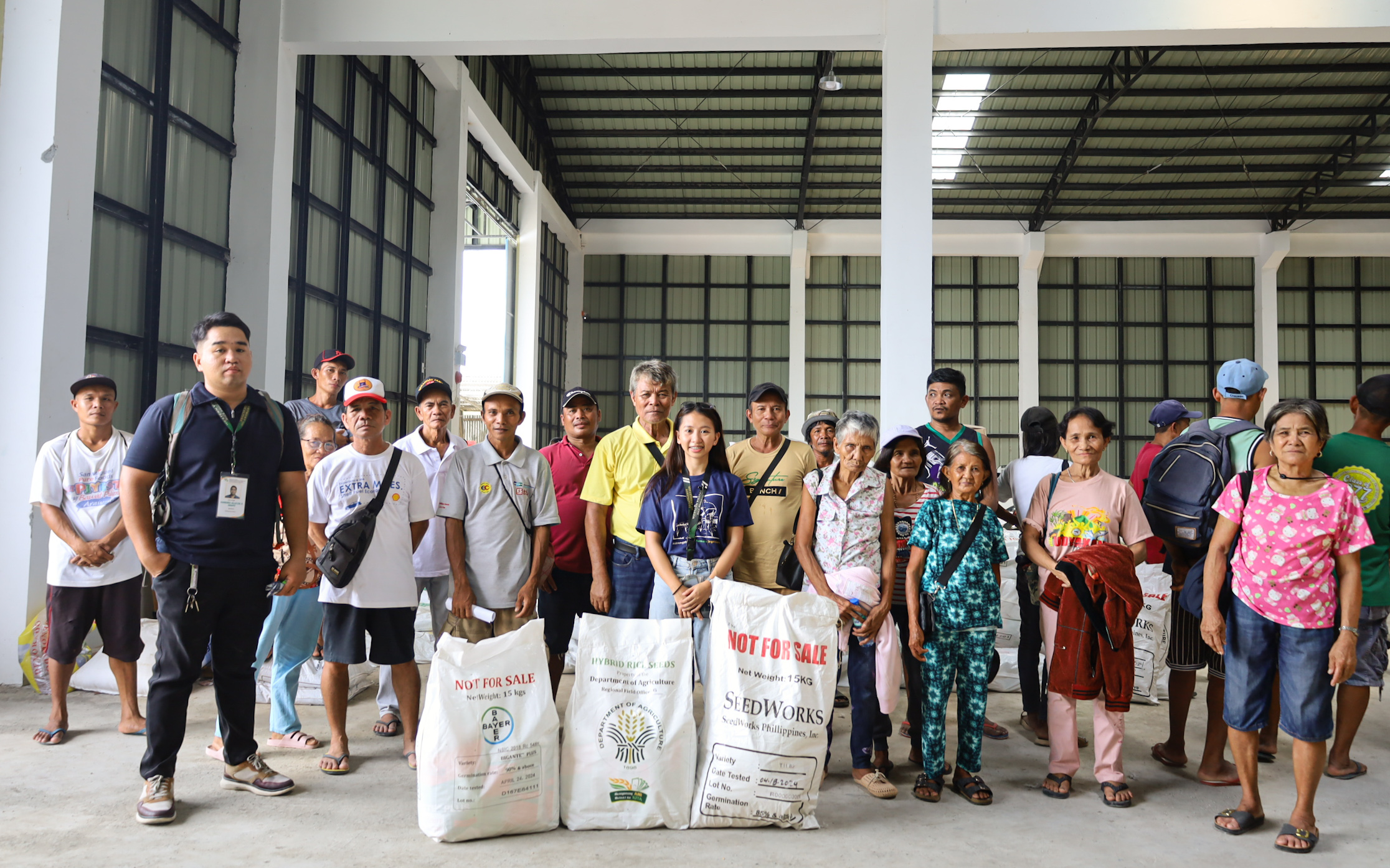 The allocation of hybrid seeds has significantly increased from 2,964 hectares in the previous year to 61,746 hectares for hybrid rice cultivation this wet planting season in Region 6. In Patnongon, 480 rice farmers will receive seeds for 533 hectares, while 1,202 farmers in Sibalom will cover 1,336 hectares.
The allocation of hybrid seeds has significantly increased from 2,964 hectares in the previous year to 61,746 hectares for hybrid rice cultivation this wet planting season in Region 6. In Patnongon, 480 rice farmers will receive seeds for 533 hectares, while 1,202 farmers in Sibalom will cover 1,336 hectares.
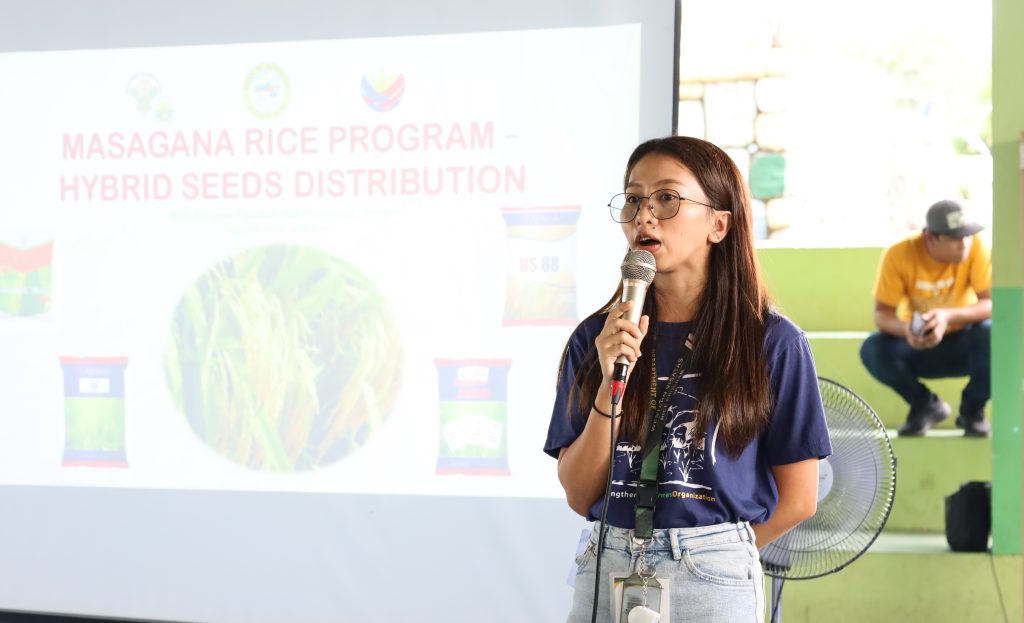
DA Western Visayas’ Rice Program Technical Personnel, Joie Guimaray, stated that the program aims to increase rice production to 150 cavans per hectare using certified inbred seeds and 200 cavans per hectare using hybrid varieties.
“Besides hybrid seeds, farmer beneficiaries will receive a P3,400 per hectare Fertilizer Discount Voucher, redeemable at accredited merchants in their municipalities. We will also distribute bio-fertilizers and soil ameliorants through the Municipal Agriculture Offices,” she added.
Hybrid seed varieties, including US 88, Quadro Alas TH 82, Bigante Plus, Habilis Plus, Jackpot, RH 9000, SL-19, and SL-20, are available to master-listed Masagana Rice Cluster Program beneficiaries. These beneficiaries are registered in the Registry System for Basic Sectors in Agriculture (RSBSA) and are members of farmers’ cooperatives, irrigators’ associations, or Agrarian Reform Beneficiaries.
“An important prerequisite is that the DA has already conducted an orientation on the Masagana Rice Program in the municipalities,” Guimaray noted.
DA-WV Agricultural Program Coordinating Officer for Antique Sonie Guanco urged rice farmers in the province to adopt recommended farming protocols and technologies to achieve higher yields and incomes.
“With the Masagana Rice Cluster Program, we hope our farmers can achieve up to 8 metric tons per hectare using hybrid seeds and rice transplanting methods.”
Antique Assistant Provincial Agriculturist Dr. Gina Jordan emphasized the government’s support for farmers, expressing hope for improved production volumes this wet season to compensate for losses incurred last year due to El Niño.
The Offices of the Municipal Agriculturist of Patnongon and Sibalom, led by Bernadita Salvador and Albert Estoya, respectively, have committed to ensuring the timely and seamless distribution of seeds and inputs to farmers. They will also supervise and monitor rice production closely with partner seed companies.
“Ginahingyo ko gid ang mga miyembro sang amon asosasyon nga maggamit sang hybrid nga binhi. Sundon ang insakto nga pamaagi sa pagbutang sang abono kag pagdumala sang peste kag pamalatian para mangin mataas ang panubason,” said Olipio Guzman, president of Brgy. Larioja, Patnongon.
(I encourage our farmer members to use hybrid seeds and follow proper fertilizer application and pest management practices to increase rice production.)
Roderick Bedia, 50, from Brgy. Nagdayao, Sibalom, shared that he harvested 222 cavans per hectare using hybrid rice seeds in the previous season and hopes to sustain or improve his yield this season with the free seeds from the Masagana Rice Cluster Program.
“Ginapanugyan ko gid ang paggamit sang rice transplanter kay nagabulig nga mapataas ang aton ani sang palay,” he added.
(I recommend using rice transplanters as they significantly boost our rice production).
DA-WV is set to distribute hybrid rice seeds to other municipalities in Antique, to wit: Anini-y – 13 hectares; Barbaza – 794 hectares; Belison – 26 hectares; Bugasong – 253 hectares; Caluya – 13 hectares; Culasi – 522 hectares; Hamtic – 67 hectares; Laua-an – 29 hectares; Libertad – 13 hectares; San Jose – 104 hectares; San Remigio – 60 hectares; Sebaste – 20 hectares; Tibiao – 16 hectares; Tobias Fornier – 20 hectares; and Valderrama – 53 hectares target allocation.
The DA employs the 3C approach—Converge, Cooperate, and Coordinate—in the Masagana Rice Cluster Program to increase production by optimizing yield, reducing risk, and enhancing resilience through climate change adaptation measures. This approach also aims to mitigate the impact of typhoons during the wet cropping season by providing early planting areas with adequate water supply and shifting the program towards agricultural production, agribusiness, and agro-industrialization.### Texts by SMHToreno & Photos by KDCaldina/DA-RAFIS 6


